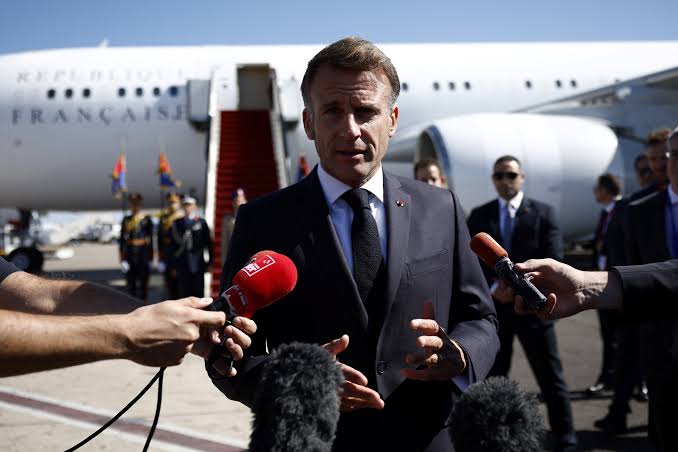Investors Anticipate Additional Tariff Clarification as Dollar Remains Unstable
After a brief decline at the beginning of the week, the dollar traded in a narrow range on July 22, as investors monitored trade n egotiations in anticipation of the August 1 deadline for countries to negotiate agreements with the United States or incur substantial tariffs.
Following the results of a weekend upper house election in Japan, the yen largely maintained its gains from the previous session. The election results were no worse than what had already been anticipated.
The current focus is on the speed at which Tokyo can negotiate a trade agreement with Washington and the future of Prime Minister Shigeru Ishiba.
In early Asia trade, the Japanese currency was slightly weakened at 147.65, following a 1% increase on July 21 in response to the election outcome.
The broader Japanese market, which had returned from a holiday in the previous session, also responded modestly to the bruising defeat that Ishiba and his ruling coalition suffered.
“The yen’s initial relief that the ruling coalition did not lose any additional seats and that Prime Minister Ishiba intends to maintain his position is likely to be short-lived,” stated Lee Hardman, a senior currency analyst at MUFG.
“The yen and Japan’s economy may be at risk due to the potential for political uncertainty in Japan to impede the timely conclusion of a trade agreement with the United States.”
The United States is facing a tariff deadline of August 1 in just over a week. On Monday, July 21, Treasury Secretary Scott Bessent stated that the administration is more concerned with the content of trade agreements than their timing.
When asked whether the deadline could be extended for countries that are engaged in productive discussions with Washington, Bessent responded that President Donald Trump would be the one to make that decision.
The foreign exchange market has been significantly impacted by the uncertainty surrounding the ultimate outcome of tariffs on a global scale, resulting in a narrow range of currency prices, despite the fact that Wall Street equities have reached new highs.
Thierry Wizman, global FX and rates strategist at Macquarie Group, stated that “nothing that occurs on August 1 is necessarily permanent, so long as the U.S. administration remains willing to talk,” as was indicated in Trump’s letters from two weeks ago.
The dollar was last stable after experiencing a decline in the previous session, which was partially attributed to the yen’s increase and a decrease in U.S. currency. Sterling is trading at $1.3488, down 0.03%, as a result of the increase in Treasury yields.
The euro experienced a 0.12% decline to $1.1684, with the European Central Bank’s rate decision later this week also attracting attention. It is anticipated that policymakers will maintain their stance on rates.
According to EU diplomats, the European Union is investigating a more extensive array of potential countermeasures against the United States as the likelihood of a trade agreement that is mutually acceptable diminishes.
The dollar experienced a modest increase to 97.94 when compared to a basket of currencies, following a 0.6% decline on Monday.
Investors have also been concerned about the Federal Reserve’s independence, as President Trump has repeatedly criticized Chair Jerome Powell and called for his resignation due to the central bank’s reluctance to reduce interest rates.
Jonas Goltermann, deputy chief markets economist at Capital Economics, stated, “Our base case remains that the FOMC will remain on hold into 2026 due to robust U.S. data and a tariff-driven rebound in inflation.
The resulting shift in interest rate differentials will drive a continued rebound in the dollar in the coming months.”
“However, it is evident that that perspective is subject to the discretion of the White House.”
In other news, the Australian dollar decreased by 0.05% to $0.6522, while the New Zealand dollar decreased by 0.14% to $0.5960.
news via inbox
Get the latest updates delivered straight to your inbox. Subscribe now!




